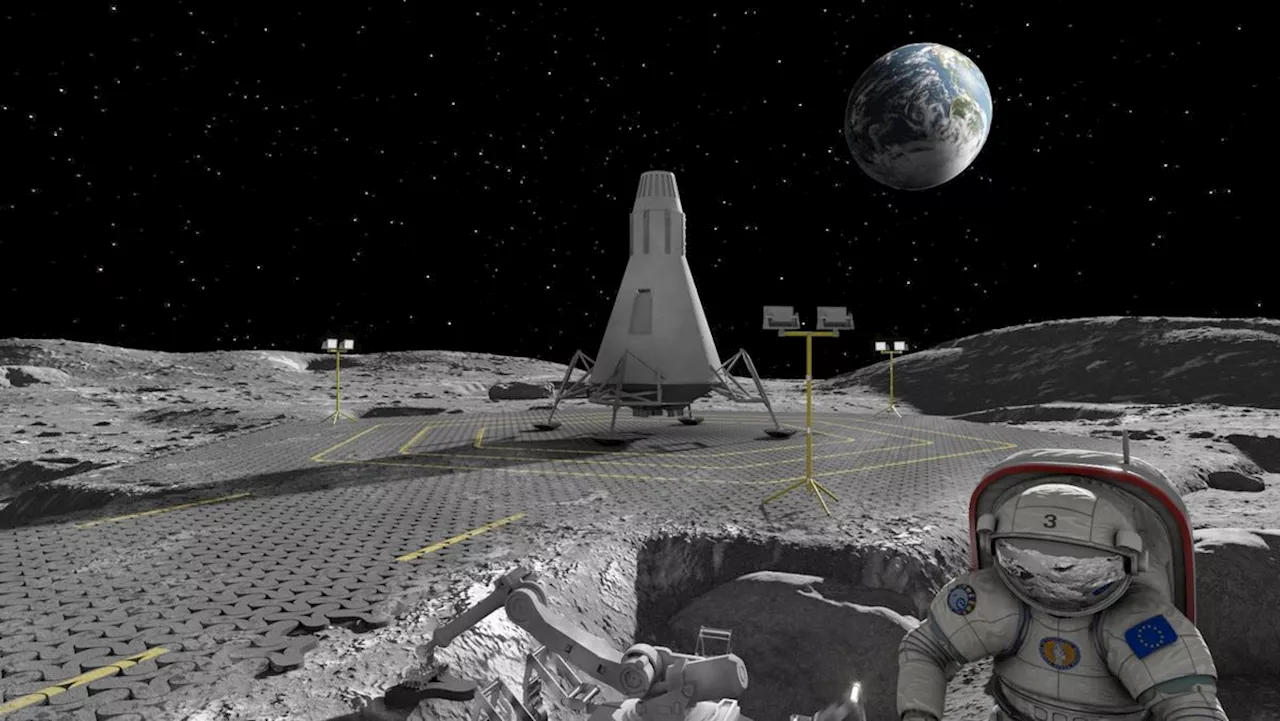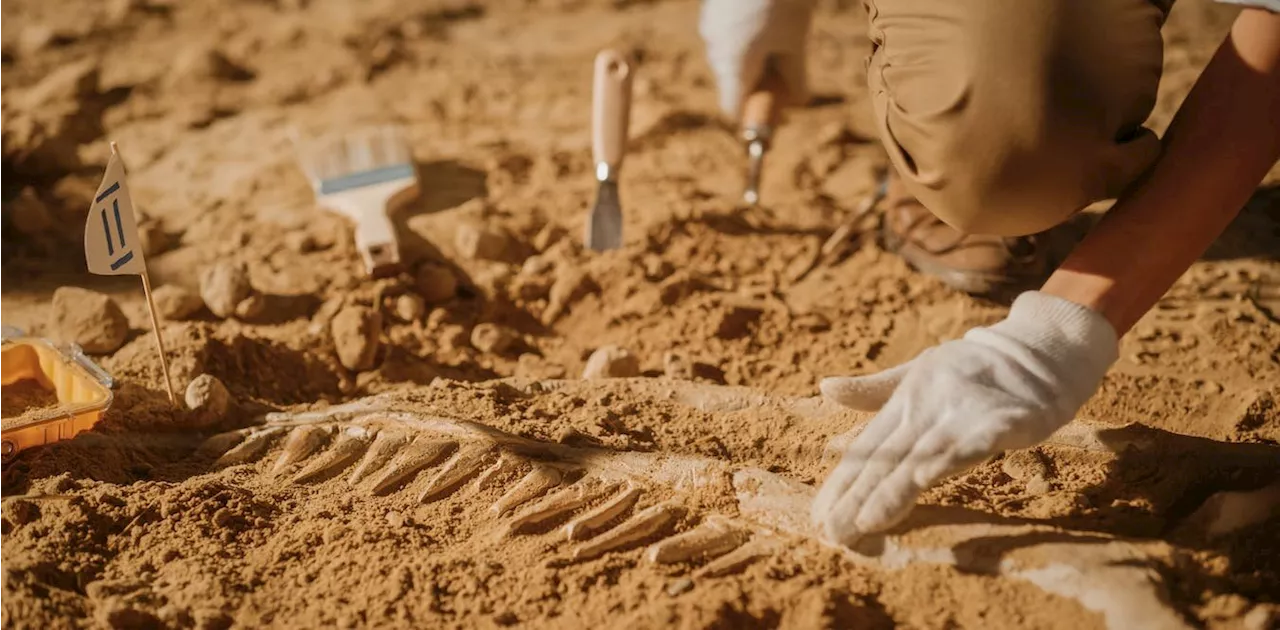Scientists know beavers create landscapes better adapted to climate change. Here’s what they’re doing in ecosystems too degraded to support the critters.
Jordan Nielson with Trout Unlimited gives a tour of their project along Mud Creek that flows into Scofield Reservoir where 75 BDAs were installed with a partnership with the EPA and Utah Division of Water Quality, Aug. 16, 2023.As Jordan Nielson tromped through recovering pastureland around Mud Creek, his boots occasionally got sucked into the soil, still saturated in the waning days of summer. It’s exactly what he wanted to see.
The wetlands also turn the creek’s surrounding banks into a sponge, recharging groundwater so it slowly releases downstream throughout the season, flowing from Schofield to the Price River and, eventually, the Colorado River. Mud Creek has been heavily grazed for generations, so there are no trees or willows — the things beavers like to eat and use to build their homes. The idea is the BDAs will create the meadows and wetlands growing those kinds of things, and a fence around the creek means cows can’t munch them back down again.
“But that’s because I hired crews to come in and build them for me,” he said. “We’ve done smaller projects where we bring volunteers to help us build and they’re much, much less. You’re talking a couple hundred bucks a structure.”Utah State University professor and fluvial geomorphologist Joe Wheaton helped develop the method and coined the term “beaver dam analog” in 2009 while working on a project to restore steelhead salmon habitat in Oregon.
Australia Latest News, Australia Headlines
Similar News:You can also read news stories similar to this one that we have collected from other news sources.
 Scientists discover how dozens of genes may contribute to autismThe findings may one day pave the way for scientists to design treatments that allow these phases of brain development to proceed unimpaired
Scientists discover how dozens of genes may contribute to autismThe findings may one day pave the way for scientists to design treatments that allow these phases of brain development to proceed unimpaired
Read more »
Scientists Spot Genes Linked to Raynaud's PhenomenonScientists have discovered two genes that may trigger Raynaud's phenomenon, a condition that can cause fingers and toes to go cold and numb because of the constriction of tiny blood vessels under the skin. 'We identify two distinct genes that point to two distinct...
Read more »
 Fish That Scientists Thought Was Extinct Is Actually Abundant, Study FindsThe assumed-extinct fish species is actually the same species as a common fish known as the European whitefish, DNA evidence reveals.
Fish That Scientists Thought Was Extinct Is Actually Abundant, Study FindsThe assumed-extinct fish species is actually the same species as a common fish known as the European whitefish, DNA evidence reveals.
Read more »
 Common Foods Could Help Women Have Children Later: ScientistsSupplementation with a simple compound could extend the fertility window for many women and improve female reproductive health.
Common Foods Could Help Women Have Children Later: ScientistsSupplementation with a simple compound could extend the fertility window for many women and improve female reproductive health.
Read more »
 Scientists want to make moon roads by blasting lunar soil with sunlightCharles Q. Choi is a contributing writer for Space.com and Live Science. He covers all things human origins and astronomy as well as physics, animals and general science topics. Charles has a Master of Arts degree from the University of Missouri-Columbia, School of Journalism and a Bachelor of Arts degree from the University of South Florida.
Scientists want to make moon roads by blasting lunar soil with sunlightCharles Q. Choi is a contributing writer for Space.com and Live Science. He covers all things human origins and astronomy as well as physics, animals and general science topics. Charles has a Master of Arts degree from the University of Missouri-Columbia, School of Journalism and a Bachelor of Arts degree from the University of South Florida.
Read more »
 Scientists can't agree on when the first animals evolved—research hopes to end the debateThere are estimated to be nearly 8 million species of animals living today, making up the majority of Earth's documented biodiversity and inhabiting almost all of its environments. However, for most of Earth's history animals were completely absent.
Scientists can't agree on when the first animals evolved—research hopes to end the debateThere are estimated to be nearly 8 million species of animals living today, making up the majority of Earth's documented biodiversity and inhabiting almost all of its environments. However, for most of Earth's history animals were completely absent.
Read more »
